Raytheon, part of RTX, has secured a $1.1 billion (£860 million) contract from the United States Navy to dramatically increase production of the AIM-9X Block II Sidewinder missile.
The deal, the largest awarded to date under the AIM-9X programme, will ramp up missile output to 2,500 units per year. This short-range air-to-air and surface-launched missile is already in use with over 30 allied and partner nations, including many NATO members.
“This award represents a historic milestone for the AIM-9X programme, further emphasising its importance to the United States and partnered nations,” said Barbara Borgonovi, President of Naval Power at Raytheon. “Through our partnership with the U.S. Navy, we are well-positioned to support this increased demand.”
The AIM-9X is the most advanced infrared-guided short-range missile currently fielded by U.S. forces. It is designed for easy integration across modern fighter aircraft—including the F-35—and is compatible with the ground-based NASAMS system, also in service across Europe.
While the missile has proven itself in combat across multiple theatres, it has also attracted fresh interest from international customers amid rising demand for precision munitions.
Raytheon describes the AIM-9X as offering “layered defence” with a growing range of applications. The new contract is expected to meet both U.S. and allied requirements amid concerns about stockpile depletion following extensive aid packages to Ukraine.
The company noted that this award supports domestic production and allied interoperability, two key planks of recent NATO capability announcements ahead of the July summit in The Hague.
Raytheon is a core part of RTX, the world’s largest aerospace and defence firm, which reported 2024 sales of over $80 billion. The firm employs more than 185,000 staff globally.


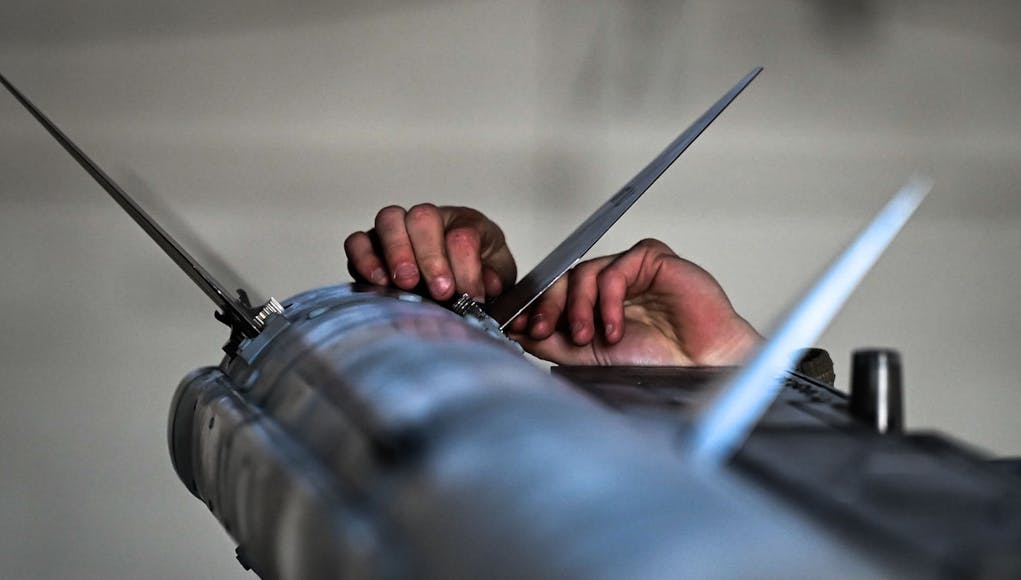




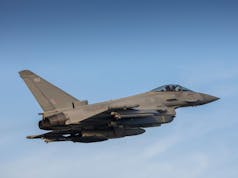

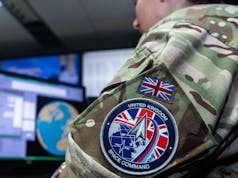
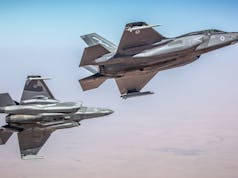
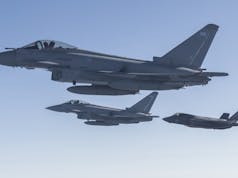


Invest in Raytheon, and Boeing for the F47
Kind of weird to be investing so much in A2A missiles that only have a range of 20+ miles, no? With PL15 reaching potentially further than meteor, I’d have thought LR would be key. Who are US expecting to be fighting at such close range?
AIM-9s get used a lot for knocking down cheaper drones, and aircraft will always need a short-range weapon, just in case.
You don’t want to be the only person without a manoeuvrable close-in missile, just in case your opponents exploit it.
Ok, but I’ve seen SEs with multishot pods of 70mm APKWS II, that seems like a much better and cheaper solution, no?
The APKWS is ok for taken out drones and some cruise missiles, that fly a fairly straight and predictable path and don’t have a means to respond to being attacked. Within Visual Range Air to Air Missiles (WVRAAM) such as Sidewinder, ASRAAM etc, are designed to take out erratically manoeuvring targets such as manned aircraft, that do have either the means of detecting an incoming missile or the pilot spots it and tries to evade.
That’s what I’d thought – I know $1B is a drop in the bucket for US miitary, but just seemed odd if other piloted craft were the intended targets given the availability of BVRs. Or is this a cost thing, i.e. with less capable, less threatening targets it’s worth the cost-saving to allow targets to get closer before engaging rather than waste expensive 260 JATMs. Maybe I’m just cogitating over nothing, and this is a pretty standard missile order for USAF
That’s almost like saying we should remove guns from fighter jets as there is no longer a need for it with advent of missiles.
Not really. Jets are all produced with guns, ammo is cheaper than missiles and there are many situations where having guns will always be useful even outside of dogfighting. Choosing to cancel jet guns would be a deliberate decision to *remove* a standard capability, whereas choosing to pursue further investment in expensive short range missiles is proactive, and so I’m wondering what the justification is. TorpedoJ above has said they’re using them for drones, but I’ve seen Strike Eagles using 6x multishot pods of 70mm APKWS II which would be a lot cheaper and allow 42 strikes, while retaining the ability to carry a reasonable number of heavier standard missiles at the same time.
“Choosing to cancel jet guns would be a deliberate decision to *remove* a standard capability” I don’t know of any modern fighter that don’t have short range missiles as standard equipment. The existence of missiles with longer range does not negate the need for short range missiles.
The UK doesn’t employ the podded gun on the F35Bs which I’ve found a bit odd. Might be a useful and cheap backup!
I didn’t know that until now. The C lacks an internal gun too. But, with only 220 rounds, it does add much. Four or five trigger pulls and you would be out of ammo.
I’m sure I’ve read someone on this website say that the F35 gunpods are inaccurate and not worth having.
Responding here to your earlier post as it’s reached the response limit.
Something like the latest AIM-120D AMRAAM costs $3.25M each, whilst AIM-9X are around $400k each. The APKWS is significant cheaper at around $40k each. Admittedly you could use AMRAAM on something like a Shahed drone. But as Shahed’s cost between $20k to 50k depending on the version. So the cost differential is huge when using an AMRAAM. Hence why aircraft operating over the Red Sea near Yemen had until recently been predominantly armed with a brace of Sidewinders. But even when using Sidewinder, there’s still a huge cost difference.
The APKWS had been used to take out a helicopter from a surface launcher in a trial. Then was used from an aircraft against a moving vehicle target. So it seems logical that drones would be the next type of target to try. Though there is a slight issue.
APKWS is laser guided, which means the targets needs to be constantly illuminated throughout the engagement. The F16s and F18s were finding that their closure speed even when going as slowly as possible was still going to fast. So they now use a pair. With one aircraft illuminating the target, whilst the other fires the weapon. BAe are developing a new IR seeker for APKWS, when the target is first illuminated by a designator laser. The IR seeker then locks on to the illuminated target. Giving APKWS a form of fire and forget capability. Being based on a 70mm unguided rocket does mean it has very limited range and only reaches a terminal speed of around Mach 2. So it will have limited capability against faster targets. But against drones it’s ideal.
That’s interesting about the IR seekers, sounds like it won’t be long til the APKWS are fielded. Gotta think that in Navy and Air it’s simply a wee technical pivot to counter the threat from UAVs (at least one-way varieties – ISTAR seems to have great potential for both). Army however seems to be the domain that low cost UAVs will be an enduring feature, glad to see British Army investing heavily, SDR put drones front and centre in their doctrine. All down to the bean counters now
Would be useful context to know what production levels have been in prior years.
CAMM / ASRAAM production must be in the order of hundreds of units per year given its widespread adoption in recent years, and the need to replace stocks donated to Ukraine. But I think the UK is being a bit more coy about releasing this information these days. Understandably so, but it would be interesting to know.
USN continuing process of rearmament in preparation for i-P conflict.
The AIM 9X is compatible with the F-35, which the IRIS-T is probably not. At least Germany, when buying the F35, deliberately purchased an arms package with AIM 9X, Amraam and other equipment. I guess this applies for any other F35 customer, as well.
What I would really like to know is whether the F16 in Ukraine actually use their guns against small drones, too. The advent of mass drones seemingly makes cheap guns the only feasible option. AIM9x or Iris T is simply too expensive.
I suppose it depends what type of drone you are looking at, people use the term drone to cover capabilities that are profoundly varied but if you use the NATO class system
Class one mico, mini and small…these things are going to be less than 25kg smaller than a person, sometimes very small, have electric motors with no heat signature worth noting have a very low radar observability and be travelling at best a few 10s of miles an hour..the chance of a fast jet ever detecting one of these let alone being able to engage is remote.
Class two tactical drones 150kg to 600kg .. these things are costing a million to a couple of million a pop and 30 foot wingspans.. a sidewinder costs 500,000 a pop so killing a class two drone with a sidewinder is very economically viable.
Class three HALE MALE and strike/combat over 600kg these things can cost 10 millions each
So essentially if a fighter jet can see it and engage it then it’s worth spending money on a sidewinder to kill it.
Good comment, thanks.
I learned something there (no offence intended to anyone else!).
Maybe this for the upsurge in the manufacturing and deployment of those drone ships currently being used to good effect by Ukraine?
Is it possible the U.S. and it’s allies are going to go down this route too.